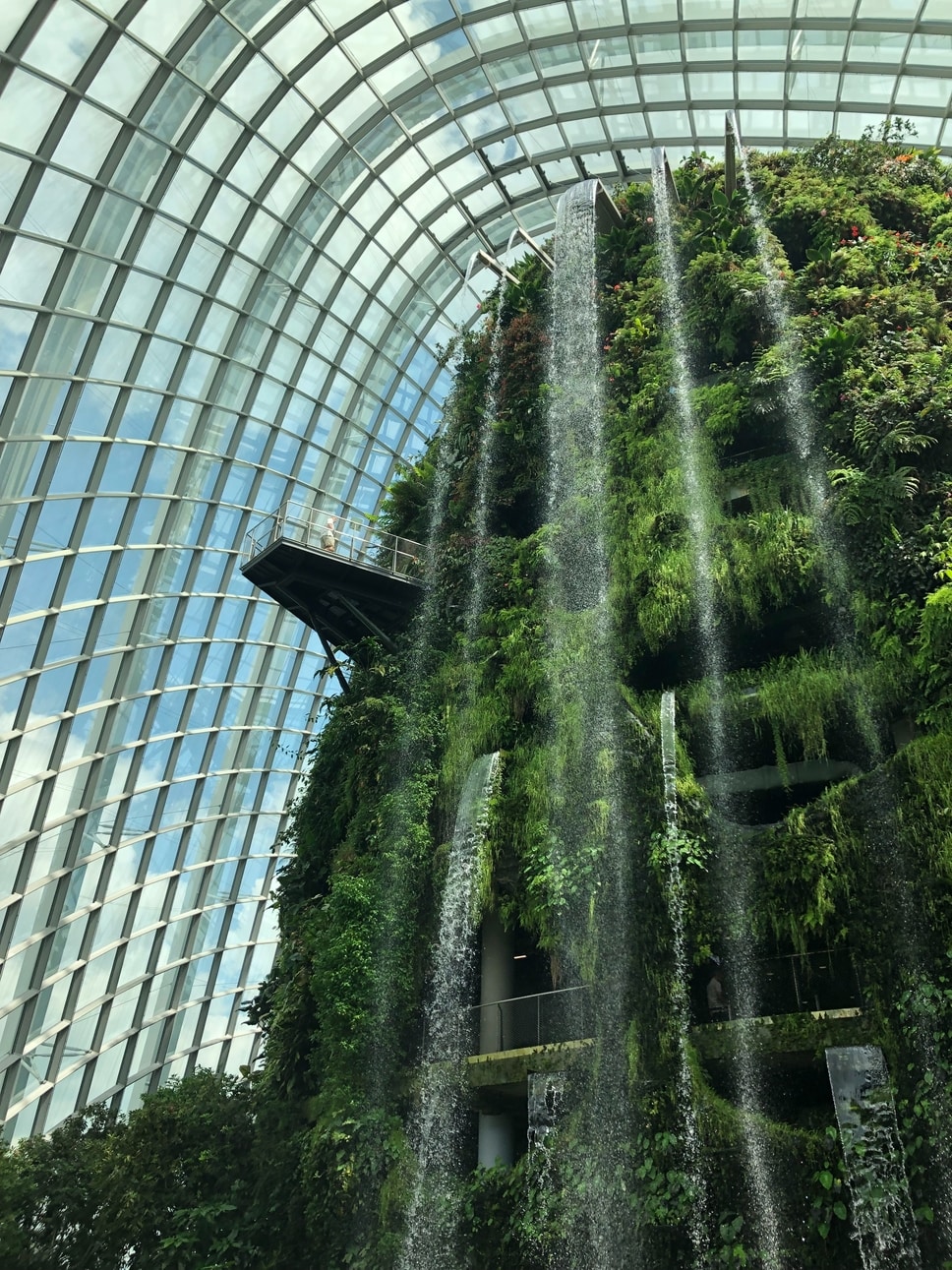Welcome to the rooftop revolution. Urban agriculture you have got to know.
Did you know the farmer used to have a place in the city and everyday life? During the industralization age the city and agriculture were separated due to the rapid growth of cities. As a result many of us today are no longer aware of the origin of our food, that is how far have we distanced ourselves from it. But that is all about to change. Urban farming is gaining back ground and it is leading to a rooftop revolution!
In cities such as Tokyo and London – the production of food within urban environments is already fairly common. A trend that is gaining ground in other cities across the globe.
To start off with the positive effects of urban farming
A griculture in the city is viewed as a positive factor by the entrepreneur as well as surrounding residents. By involving residents in the operational aspects of farm life, the production of food becomes more transparent. People obtain insight into where it comes from, what is needed for the entire process, and what exactly the farmer does to manage the process. Agricultural activities in the city inject extra life and spirit and add to the quality of life in the surrounding area.
Prime example of an urban garden that has created big impact and community spirit is the High Line elevated park in New York City
Besides the positive impact there is a growing need for urban farming
W are running out of space for farmland and a third of all food that is produced is wasted. Ken Dunn has been called the greenest man in Chicago and he’s on a crusade to turn our food waste into productive farmland–right in the middle of the city!
So where do rooftops come in?
C ity land is scarce and is sold only for top dollar, so it makes sense looking up toward under-utilised space found on roofs. Creative farmers looking to jump in on this opportunity of greening rooftops has also made cities more environmentally friendly. How? Well making the roofs function like a sponge is very valuable and reduces flooding and overflows in the sewage system as a result. And on top of that green roofs save energy. The plants growing on the roof creates a cooling effect, while standard black tar rooftops collects heat from the sun and warm the building, the green roof reduces the amount of energy that is required to cool the building below us. If that is not enough rooftop farms also reduce their carbon footprint by using smaller, more energy efficient technologies to plant and harvest.
These Rooftops – yes capital “R” – are setting the trend for the future
I f you think urban farming is only for abandoned lots and underused rooftop space, think again. Today’s elite buildings are designed and redesigned with a greener, healthier city in mind. And, yes as it also makes perfect business sense – we are up for a bright green future.
Tokyo is far advanced as it comes to rooftop agriculture. Many buildings have a green signage such as this one, where you can even find rice paddies.
Urban agriculture is creating a triple bottom line, it’s sound business, good for community and environment.
How roofolutionized is your city ?
Found this a great read? You might want to check out our post taking you on a culinary journey around the world.
Map Your City is on a mission to help you tell your stories where it counts.
No credit card required – simply download the app and create your community or join one you fancy.







